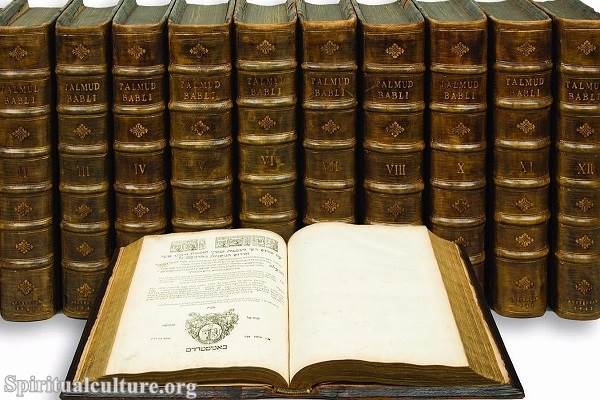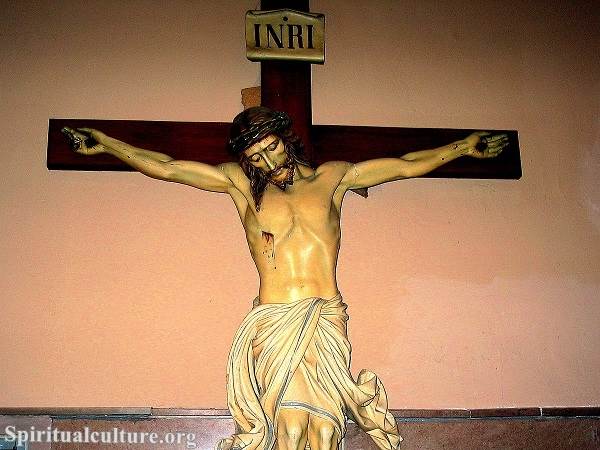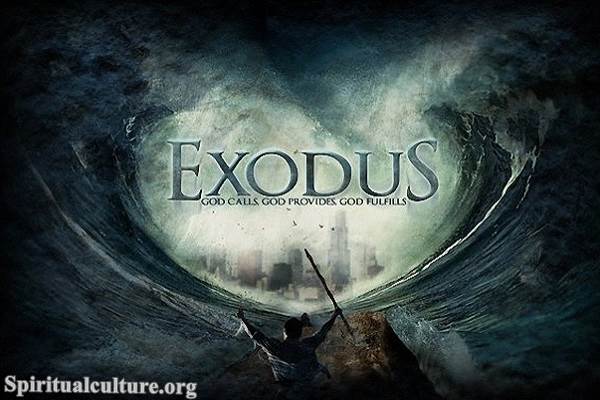The Talmud is an essential part of Judaism, a rich source of Jewish law, wisdom, culture, and history. The term “Talmud” is derived from the Hebrew word ‘lamed-mem-daled,’ which means “teaching” or “study.” It is a central text of mainstream Judaism, second only to the Torah in importance.
What is the Talmud?
The Talmud is a vast collection of Jewish laws and traditions. Despite its monolithic name, the Talmud is not a single book but a collection of volumes that encompasses Jewish law, ethics, philosophy, customs, and history. It is essentially a record of rabbinic discussions pertaining to Jewish law, ethics, customs, and history. The Talmud has two components: the Mishnah, a written compendium of Rabbinic Judaism’s Oral Torah, and the Gemara, an elucidation of the Mishnah and related Tannaitic writings, often incorporating other topics as well.

Talmud Definition
The Talmud can be defined as a compilation of ancient teachings intended to guide the observance of Jewish law (Halakha) and tradition. It is a central text in the study of Jewish theology and jurisprudence, providing a framework for understanding the entire spectrum of Jewish thought and practice. The Talmud is a repository of thousands of years of Jewish wisdom, and its influence on Jewish life, culture, and identity is immeasurable.
Judaism and the Talmud
The Talmud’s role in Judaism is immense and multi-dimensional. It is not just a book, but a vibrant, living document that has shaped and continues to shape the life of the Jewish community.
The Talmud is fundamental to understanding Judaism. It is the lens through which the Jewish people view the Torah. The Torah is Judaism’s foundation, but it is the Talmud that provides the detailed instructions for implementing the Torah’s commandments. The Talmud is where we find the discussions and debates of rabbis over centuries, wrestling with the meaning of the Torah’s words in every possible situation, seeking to understand God’s will, and applying it to the life of the Jewish people.
The Talmud is also the heart of Jewish scholarship. For centuries, Jewish education has centered on Talmudic study, and the highest scholarly achievement in a traditional yeshiva (Jewish educational institution) is to become a Talmudic scholar. The intellectual rigor, analytical skills, and moral insights gained from studying the Talmud are considered essential to the development of a well-rounded Jewish mind.
Moreover, the Talmud is a guide to ethical living. It covers not only laws and rituals but also ethical and moral issues. It discusses matters of social justice, personal integrity, communal responsibility, respect for others, and the pursuit of peace. It provides guidance on how to live a life of righteousness, compassion, and dignity, grounded in the recognition of the divine image in every human being.
The Talmud also serves as a historical record, preserving the voices of countless scholars and sages throughout Jewish history. It reflects the diverse geographical and cultural contexts in which these scholars lived, providing a rich tapestry of Jewish life over centuries.
In conclusion, the Talmud is a jewel in the crown of Judaism. It is a treasure trove of wisdom and insight, a guide to living a meaningful and ethical life, a record of Jewish history, and a testament to the Jewish people’s unbroken chain of tradition and learning. It is not just a book to be studied, but a world to be lived.



